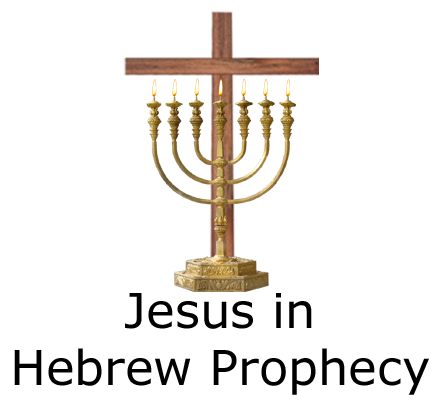“The Christian Meal” – Mark 14:12-25
Earlier, we had the woman pouring the entire contents of an alabaster jar on Jesus.
Mark 14:12-15
Again we have mention of a jar which is symbolic of the departure of Jesus. It was unusual in that period for a male to carry water; it was woman’s work.
The disciples were to follow the man carrying the water to his house and ask him where the guest room is for the Teacher and the man is supposed to show them. When Jesus is involved, the most incredible things will turn out to be super easy.
Mark 14:16-21
The disciples found everything as Jesus told them.
Jesus reveals that one of the 12 would betray Him.
Mark 14:22-25
The Christian Meal — The Lord’s Supper.
Though the table is filled with a variety of food, the meal comes down to only bread and wine.
The bread is His body; the wine is His blood of the new covenant.
Jeremiah 31:31-34
A new covenant written on our hearts. It will become normal for us to obey. It will bring forgiveness. Everybody who receives this covenant will know the Lord.
He will bring healing because of this new covenant. It is a cleansing which is accomplished by blood. And at a future time, all will be free of sin and sorrow.
Eucharist, which is from a Greek word meaning “thanksgiving,” is an acceptable name for the Lord’s Supper since thankfulness for what Jesus did in saving us should be a part of the observance. Jesus will not drink wine again until He can drink it in the new, coming kingdom with His followers. This is in keeping with the prophets who paint a picture of the coming kingdom as a time of feasting with great quantities of wine. Not only is the eucharist a remembrance with thankgiving of Jesus’ sacrifice but a looking to the future feast in the new kingdom. Each time we partake of the meal we notice that someone is missing. Jesus is not here. We look to the future fulfillment of all God’s promises. But our meals remain for the time somewhat empty and sad.










